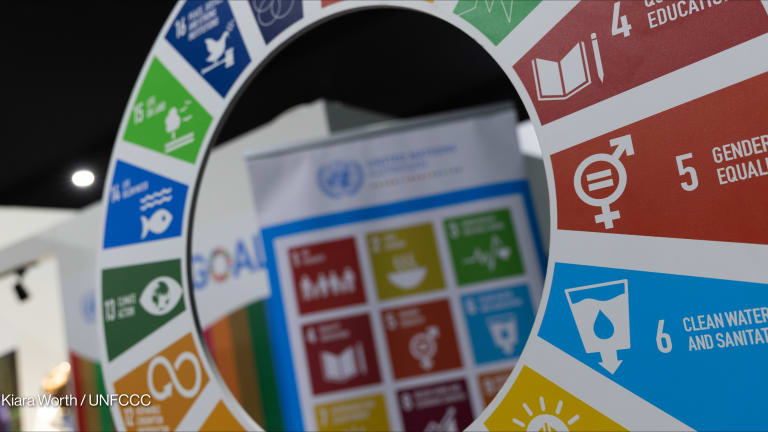From the outside, the Chinese government’s foreign aid efforts can seem opaque and hard to disentangle from the rhetoric of geopolitical competition.
China’s loans to lower-income countries — which make up the bulk of a roughly $80 billion annual development portfolio — are disparaged by rivals as a form of “debt trap diplomacy.” The much smaller amount of funding that would be categorized as development assistance — likely in the single-digit billions on par with a mid-sized donor — tends to fly under the radar.
But experts who have peeled back the layers of China’s global development engagement paint a complex picture of a country that draws on its own history to inform its approach to international assistance — and whose foreign aid system is currently evolving in important ways.
This story is forDevex Promembers
Unlock this story now with a 15-day free trial of Devex Pro.
With a Devex Pro subscription you'll get access to deeper analysis and exclusive insights from our reporters and analysts.
Start my free trialRequest a group subscription







